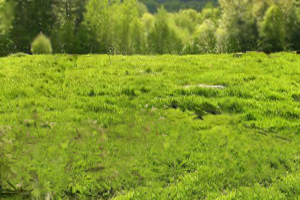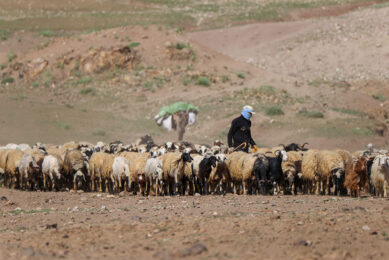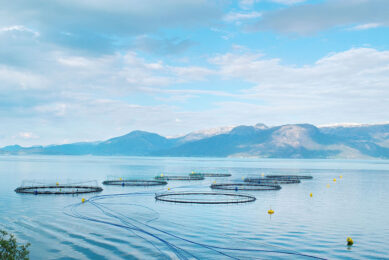Patch-burning method to promote sustainable grazing

To keep order on rangelands, range managers must carefully monitor the grazing patterns of their livestock, as well as that of the indigenous species, so that even distribution occurs with vegetation, soil, and water resources.
The traditional method of management has been a stable distribution of grazing across the entire pasture. Unfortunately, this can negatively affect the long-term sustainability of plant and animal life in that area.
The practice of patch-burning has been introduced to focus grazing animals on a particular parcel of recently burned land. This allows continuity in the level of cattle performance, while preserving natural habitats. The article “Patch-Burn Grazing Effect on Cattle Performance: Research Conducted in a Working Landscape” in the Journal Rangelands details a case study in which the method of patch-burning was compared to the traditional method of even-distribution grazing.
This study was conducted over a 3-year time frame on working landscapes. Six pastures were patch-burned alongside seven that were traditionally managed. The study pastures were stocked with cow–calf herds, and twice per year, each year, the cattle body condition score (BCS) was assessed. This was done to see if the patch-burn method versus the traditional grazing method had more of an effect on the health of the cattle. The data showed that there was no statistical difference between the BCS of the patch-burned grazing cattle compared with the traditional cattle.
This is excellent news for using patch-burning as a way to sustain, maintain, and help the indigenous rangeland habitats flourish. The control-burn technique is used all over the country as way to help forage regrowth, enhance wildlife distribution, and build stronger, more sustainable grazing lands. The patch-burn method appears to have significant promise as an alternative form of grazing distribution that will ultimately lead to longer land usability for range managers.
Because this research was the first of its kind to be done in the field, additional studies will need to be performed to fully assess these results. Economic analysis, more in-depth BCS, more consistency among cattle breeds, and a broader picture of the local ecosystems affected are some of the things to be further investigated. However, this study gives range managers and livestock producers a new technique that will possibly increase wildlife and biodiversity while maintaining and even prolonging their grazing lands.
Full text of the article, “Patch-Burn Grazing Effect on Cattle Performance: Research Conducted in a Working Landscape,” Rangelands, Vol. 35, No. 3, 2014, is now available.
Join 26,000+ subscribers
Subscribe to our newsletter to stay updated about all the need-to-know content in the feed sector, three times a week. Beheer
Beheer









 WP Admin
WP Admin  Bewerk bericht
Bewerk bericht